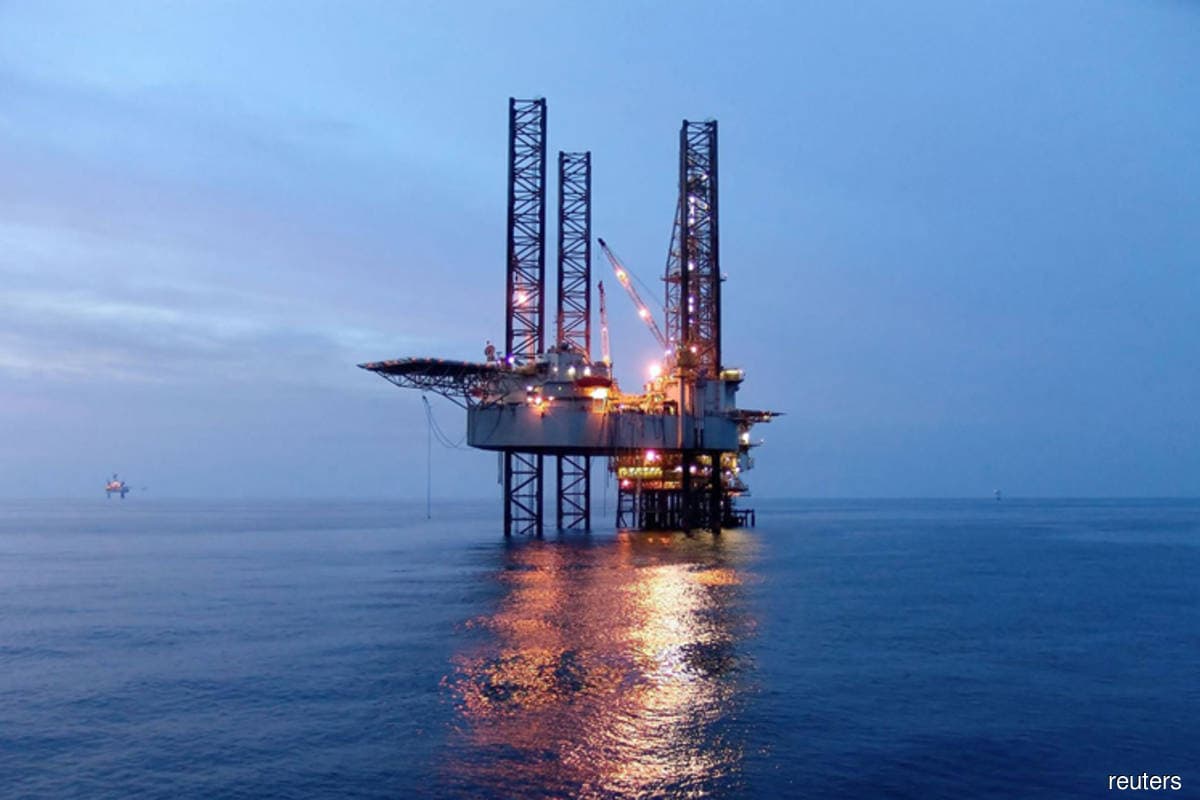
KUALA LUMPUR (March 3): Recovery is on the horizon for the offshore installation market.
In a commentary on Thursday (March 3), energy research and consultancy Wood Mackenzie (WoodMac) senior research analyst for upstream supply chain Krystal Alvarez said that’s good news for the marine installation vessel fleet that instals umbilicals, risers and flow lines for offshore oil and gas projects.
Day rates
Alvarez said there were some significant contract awards in 2021 across all sectors of the supply chain, including integrated SPS-SURF (subsea, umbilicals, risers and flow lines) awards, subsea tree awards and floating rig fixtures.
She said as many as 28 major SURF contracts were awarded, an increase of three over 2020, but still down from the record 54 contracts awarded in 2019.
“Higher utilisation rates, coupled with moderate cost inflation, will result in 5% to 8% increases in vessel day rates year-on-year through 2026,” she said.
Alvarez said Asia, Europe and Latin America will drive growing demand from now until 2026.
“In fact, 2022 will be about 34% higher than 2021 levels.
“Demand is set to recover across segments, including subsea tree awards, fixed and floating oil and gas facilities,” she said.
Competition for vessels will intensify
Alvarez noted that the Tier 1 fleet shrank by 10% in 2021 as assets were sold for scrap or released from charter contracts.
She said Subsea 7 reported utilisation of its active fleet in the third quarter of 2021 at 94%, the highest in the last five years.
“We will start to see contracts awarded this year for installation campaigns in 2024 and 2025 and expectations for demand will increase competition for a shrinking option of vessels.
“There is risk of some demand being pushed due to ongoing prioritisation of advantaged projects,” she said.
Cost inflation
Alvarez added that day rate vessel cost increased 8% in 2021, and for 2022 alone, she expects an additional increase of 7%.
“Preferred vessels may become hard to secure.
“This will increase the risk of project delays and higher day rates associated with vessel availability.
“Rising labour and fuel costs will affect the picture too — they make up an average of 37% of a deepwater pipelay asset,” she said.